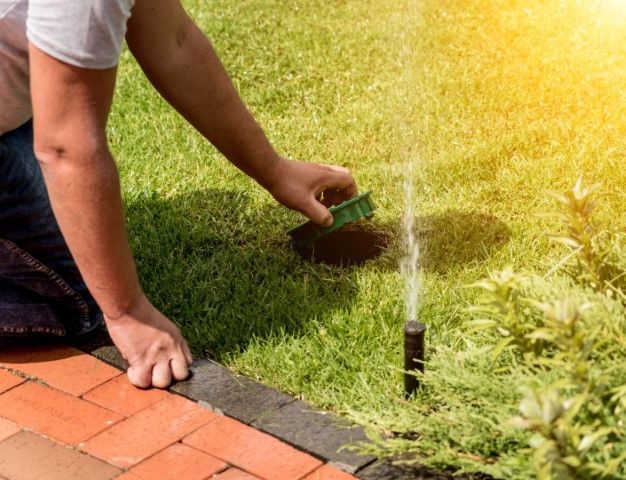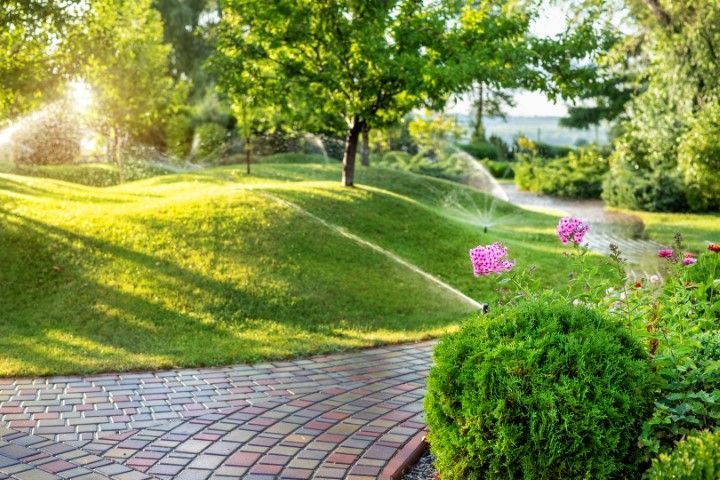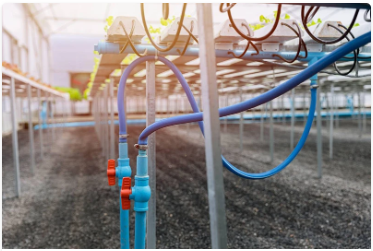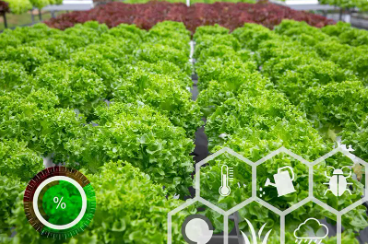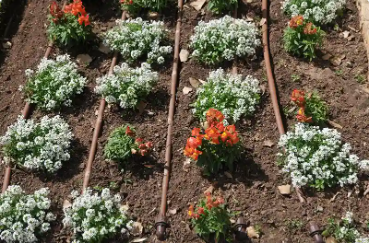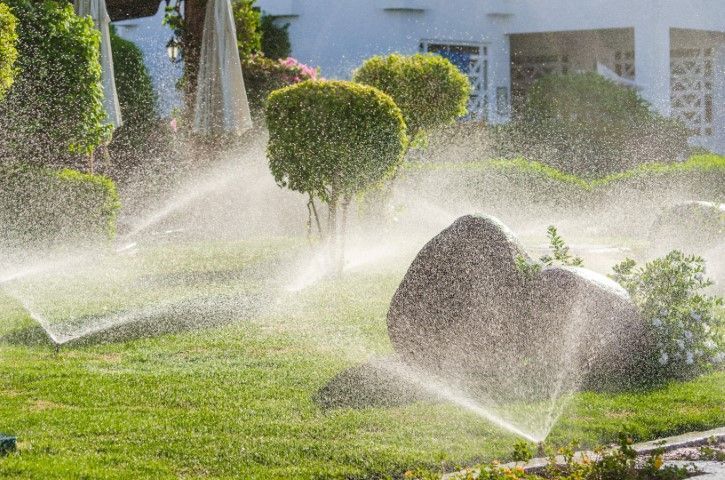Troubleshooting Your Sprinkler System: Common Problems and Easy Fixes - SPRINKLER SYSTEMS OF SANANTONIO
Troubleshooting Your Sprinkler System: Common Problems and Easy Fixes

Maintaining a well-functioning sprinkler system is essential for a healthy and vibrant lawn, but even the best systems can encounter issues. From sprinkler heads that fail to operate to uneven water distribution, these common problems can often be resolved with straightforward solutions. For instance, low water pressure might be due to clogged pipes or faulty valves, while system activation issues might stem from malfunctioning timers or wiring. Understanding these typical challenges and their simple fixes can save time and resources. But what specific steps should you take to address these issues effectively?
Sprinkler Heads Not Working
Identifying the root causes of sprinkler heads not working is essential for maintaining an efficient irrigation system. One common issue is improper sprinkler head adjustment, which can lead to inadequate water distribution. To address this, begin by checking if the sprinkler head is set at the correct height and angle. A head that is too low or misaligned may not cover the intended area effectively. Adjustments can often be made manually by turning the head or using adjustment screws, depending on the model.
Another prevalent issue is clogged sprinkler heads, often resulting from debris such as dirt, grass, or mineral deposits obstructing the nozzle. To remedy this, start by turning off the irrigation system and removing the head. Inspect the nozzle and filter for blockages. Rinse them with water or use a small brush to dislodge stubborn debris. For mineral buildup, soaking the nozzle in a vinegar solution can dissolve deposits. Reassemble and test the sprinkler head to ensure proper operation.
Regular maintenance, including periodic checks and cleaning, can prevent these issues from recurring. By addressing sprinkler head adjustment and clogged sprinkler heads promptly, you can ensure optimal performance and longevity of your irrigation system.
Uneven Water Coverage
Uneven water coverage in a sprinkler system often results from a combination of factors including improper spacing of sprinkler heads, inconsistent water pressure, or obstructions that interfere with the spray pattern. To address these issues, first, perform a coverage mapping of your lawn to identify dry or overly saturated areas. This visual representation helps pinpoint areas where sprinkler adjustments are needed.
Begin by checking the spacing of your sprinkler heads. They should be placed in a manner that allows for overlapping coverage, ensuring no dry spots. If heads are too far apart, repositioning might be necessary. Additionally, inspect for obstructions like plants or debris that could block the spray. Removing these obstacles can significantly improve coverage.
Next, examine the sprinkler heads for wear and tear. Over time, heads can become clogged or damaged, affecting spray patterns. Clean or replace faulty heads as required. Sprinkler adjustments, such as modifying the arc and radius, can also optimize the water distribution. Utilizing adjustable nozzles can help tailor the spray to match your coverage mapping results.
Lastly, ensure that the system is operating at the recommended water pressure for your specific sprinkler model, as this directly affects spray distance and pattern uniformity.
Low Water Pressure
Low water pressure in a sprinkler system can result from various issues such as clogged pipes, partially closed valves, or insufficient supply from the main water source. Diagnosing the root cause requires a systematic approach to ensure accurate identification and effective resolution.
Firstly, inspect the main water source to confirm it is supplying adequate pressure. A compromised water source, such as a malfunctioning municipal supply or a private well, may necessitate external intervention. Next, examine the pressure regulator, which controls the pressure entering the sprinkler system. A faulty or improperly adjusted pressure regulator can significantly impact water flow. Ensure the regulator is set to the manufacturer-recommended pressure level.
Clogged pipes are another common contributor to low water pressure. Sediment, debris, or mineral buildup can obstruct water flow, reducing pressure. Conduct periodic flushing of the system to mitigate these blockages. Additionally, verify that all valves are fully open. Partially closed valves can restrict water flow, leading to suboptimal pressure levels.
Lastly, consider the overall system design. Inadequate pipe sizing or excessive length can affect pressure. Upgrading to larger diameter pipes or redesigning the layout for optimal flow may be necessary for long-term pressure stabilization. By meticulously addressing these potential issues, you can restore your sprinkler system to optimal functionality.
System Won’t Turn On
When your sprinkler system fails to turn on, the problem often lies within the electrical components or control settings. A common culprit is timer issues. Begin by checking the timer settings to ensure the system is programmed correctly. Verify that the current time and date are accurate and that the watering schedule is appropriately set. If the timer display is blank or shows an error, it may need to be reset or replaced. Consult the manufacturer’s manual for specific instructions on resetting the device.
Another frequent issue involves wiring problems. Inspect the wiring connections between the timer and the sprinkler valves. Ensure that all wires are securely connected and free from corrosion or damage. Use a multimeter to test for continuity and voltage levels; a lack of electrical continuity indicates a break in the wire that needs repair or replacement.
Additionally, check the fuse or circuit breaker associated with the sprinkler system. A blown fuse or tripped breaker can prevent the system from receiving power. Replace any defective fuses and reset the circuit breaker if necessary. By systematically addressing these timer issues and wiring problems, you can effectively resolve the majority of cases where your sprinkler system won’t turn on.
Leaking Valves
After ensuring your sprinkler system powers on correctly, the next common issue to address is leaking valves. Leaking valves can result in water wastage and uneven irrigation, necessitating prompt attention. Begin by performing a visual inspection of the valve assembly. Look for any visible cracks or signs of wear and tear.
Next, conduct a pressure testing procedure to confirm if the valves are maintaining proper water pressure. To perform pressure testing, manually operate each valve and observe the pressure gauge readings. Inconsistent or low readings indicate a potential issue with the valve’s integrity.
If a valve is confirmed to be leaking, consider a valve replacement. Begin by shutting off the water supply to the system. Unscrew the faulty valve and replace it with a new one, ensuring it matches the specifications of the system. Tighten all connections securely to prevent further leaks.
Regular maintenance, such as cleaning valve diaphragms and checking for debris, can prevent future leaks. By addressing leaking valves promptly through pressure testing and valve replacement, you ensure the efficiency and longevity of your sprinkler system. This proactive approach minimizes water wastage and maintains optimal irrigation performance.
- Avoid These 5 Common Irrigation Blunders Every Homeowner Makes
- Your Go-To Guide for Picking the Perfect Sprinkler System for a Lush Lawn: Handy Tips and Tricks
- Impact of Climate on Irrigation System Design and Operation
- The Role of Soil Moisture Sensors in Irrigation Efficiency
- Cost-Effective Irrigation Solutions for Small Gardens
